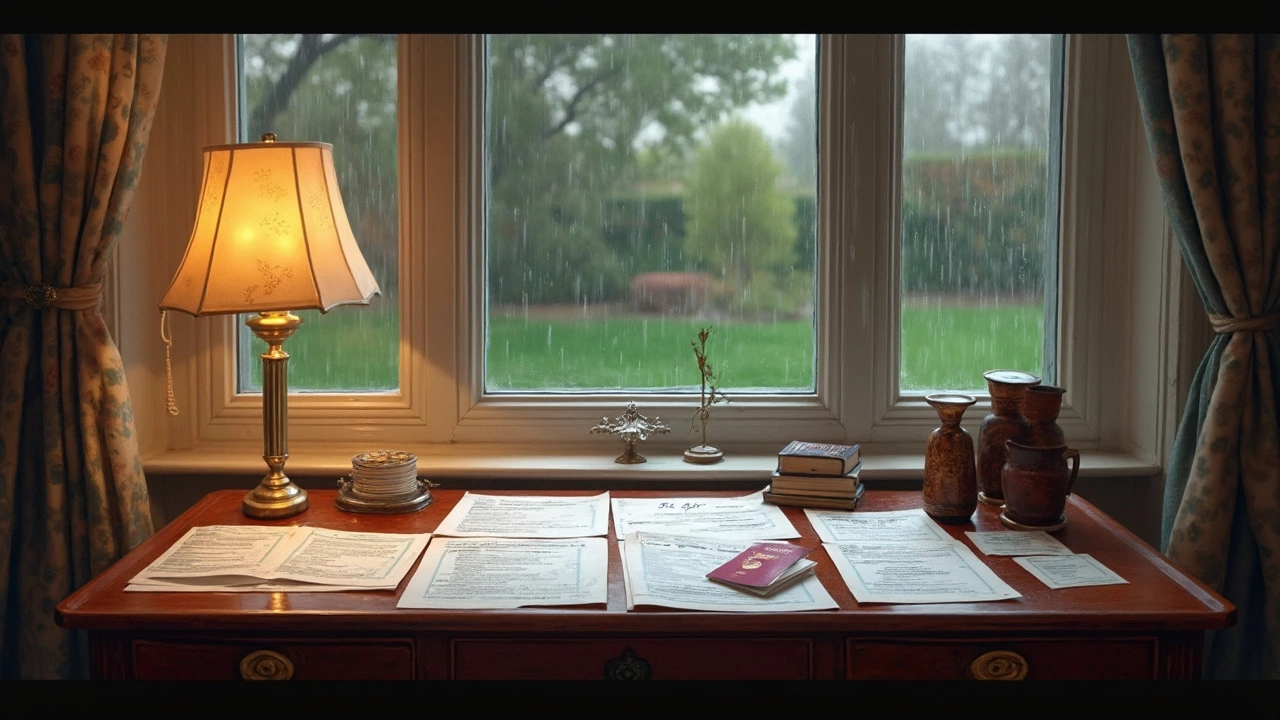Everything You Need to Know About ID Verification
Got a form that asks for ID verification and you’re not sure where to start? You’re not alone. From renewing a driver’s licence to signing up for a new job, proving who you are has become a routine part of everyday life. The good news is the process is usually straightforward if you know which documents to bring and how to keep your personal data safe.
The first thing to check is the type of verification required. Most organisations ask for a primary document (like a passport or driving licence) and a secondary one (such as a utility bill or bank statement). This two‑document rule helps them confirm both your identity and your address.
What Documents Count as Proof?
Here’s a quick cheat‑sheet of the most accepted IDs in the UK and US:
- Passport – the gold standard for international travel and identity.
- Full‑size driving licence (Class 1 for HGV drivers, Class B for car drivers).
- National ID card (where available).
- Birth certificate – usually paired with a photo ID.
For the secondary proof, look for any recent bill or statement that shows your name and current address. Utility bills, council tax statements, or bank statements dated within the last three months are usually fine.
Step‑by‑Step: How to Complete an ID Check
1. Gather your documents. Keep the originals handy; many online portals let you upload clear photos or scans, but a physical copy may be needed for in‑person checks.
2. Check the photo quality. Make sure the picture is in focus, the whole document is visible, and no glare hides any information. A quick test: zoom in on the image – you should still be able to read the text.
3. Enter the details accurately. Copy the numbers and dates exactly as they appear. Typos are the most common cause of a rejected verification.
4. Submit and wait. Most services give you a real‑time status update. If they need more info, they’ll tell you which document to provide next.
5. Secure your data. Delete the photos from your device once the verification is complete, unless the provider asks you to keep them for a record.
That’s it – a few minutes and you’re good to go.
One mistake people often make is using an expired document. Even if your passport is still valid for travel, some agencies require the ID to be issued within the last ten years. Double‑check the expiry date before you start.
If you’re a HGV driver, remember that your Class 1 licence doubles as a trusted ID for many transport‑related checks. Keep it in a safe place, but also have a backup copy of the front and back – you’ll thank yourself the day a roadside inspection asks for it.
Lastly, if you’re ever unsure whether a document will be accepted, call the organisation’s support line. A quick phone call can save you a trip to the post office and a day’s worth of waiting.
With these tips, ID verification stops being a hassle and becomes just another routine task you can knock out in minutes.
- March 26 2025
- 0 Comments
- Rowan Cavendish
Understanding Valid Documents for Address Proof in Driving Licence Renewal
Discover what documents are considered valid address proof when renewing your driving license. Navigating the paperwork might feel overwhelming, but we've broken it down for you. From utility bills to rental agreements, find out which documents make the cut. Stay informed to keep your renewal process smooth and hassle-free.
- Driving Lessons (41)
- HGV Training (31)
- Driving Test Tips (31)
- Driving Test Booking (26)
- Driving Licence Renewal (23)
- Driving Theory Test (21)
- Pass Plus Course (15)
- Driving Tips (15)
- Intensive Driving Course (15)
- Driver Licensing (14)
Categories
- December 2025 (12)
- November 2025 (13)
- October 2025 (21)
- September 2025 (5)
- August 2025 (8)
- July 2025 (30)
- June 2025 (30)
- May 2025 (30)
- April 2025 (31)
- March 2025 (30)
- February 2025 (28)
- January 2025 (34)
Archives
- driving lessons
- driving test
- driving tips
- intensive driving course
- driving test tips
- HGV training
- learn to drive
- driving theory test
- driver training
- driving test booking
- pass driving test
- HGV driving
- road safety
- driving license renewal
- Virginia driving test
- learner drivers
- safe driving
- Virginia driver's license
- driving license
- learning to drive

